Forty-two years ago – on the 7th of July to be exact – a group of enthusiasts parked up in a shed in Taradale. They were a disparate bunch, but with a couple of things in common.
One was their passion for mechanics and machinery, the other was their drive to get things going, to do it themselves, to volunteer their time for the things they believed in: treasuring the past and preserving our history.
Among them was Donald Tucker.
What began that day as the Hawke’s Bay Museum of Technology is now the Faraday Centre, and when I visit it’s Donald Tucker who greets me. He’s just done the morning teas, as he has every week for as many years as he can remember. He does the dishes too, the old-fashioned way, by hand. No mod-cons for Donald.
“I’m very old-fashioned,” he tells me. “I’m sometimes nostalgic about the old ways. And I want people to learn what it was like in the olden days, to remember our history.”
At 80, Donald moves slowly through the Faraday Centre, past the National Gas Engine he helped rebuild and paint in glossy British racing green, past the yellow tractor where 4-year-old Ralphy now ‘drives’, past the enormous six tonne Fullagar Engine with a rich enough history to dominate a feature story all on its own.
He makes his way to the workshop – a hidden cave in the corner of the old Power House, which has been home to the museum since the early 1990s. It’s full to bursting with tools, odds and sods, bits and bobs and wysiwygs, half-finished this and nearly done that. On the day I visit it also houses Nick and Tony.
Nick Penny and Tony Wynyard, both retired, are the little and large of the Centre. Nick works on big engines and pumps, while Tony makes miniatures. He’s responsible for the tiny tram upstairs with its even tinier seats and teensy lights. Nick laughs when I ask why he doesn’t make little things too. “Not with these sausage fingers!” he says.
In an earlier life Nick was a marine engineer and Tony a sheet metal worker.
Not that a trade is a necessity when it comes to volunteering at Faraday. Tony spent most of his working life in sales and really went back to his roots when he started volunteering here. “I like mending things when they stop working, not just throwing stuff away but restoring it.”
Volunteering at the Faraday Centre restores people too. Tony is a widower who’s found mateship here. When Nick retired his wife waited a bit, then told him to get out of the house and find something to do. He found his way here.
“I didn’t realise until I stopped working how much I relied on doing stuff to keep my brain busy,” explains Nick. “I’ve always had an interest in old equipment and when we had our kids we fixed stuff up, we didn’t just throw it out and get a new one.”
“I get a lot of pleasure out of fixing stuff and getting it rolling again,” he says. “I like the idea of not just getting stuff running but also getting it to do something.” Nick’s currently working on a mechanism that visitors can use to pump water.
He tells me one of the problems is the ageing out of the hands-on tinkerer. “We are running out of people who can get these (machines) going again.”
Tony’s skills lie in model making: planes, boats, the tram. He prefers wood work over metal work. “It’s very pleasurable,” he tells me. “And I’ve learnt a lot. If I stop learning, put me in the ground!”
Some of what Nick and Tony take on needs lateral thinking, a mix of old school and new tech, and a good dose of Kiwi ingenuity. “Never be afraid to think outside the square!” says Tony.
Besides tea and biscuits, what fuels the volunteers is the visitors. For Donald it’s the older people who bring in their ‘I remember when’ stories. For Nick and Tony it’s the kids. “They love ‘doing’,” says Nick. Tony agrees, “They love the hands-on things they can touch and use.”
The bellows is a popular challenge among children. They can’t keep it up long and Nick wonders how they would’ve made out as a blacksmith’s apprentice in early Hawke’s Bay. Kids love the mangle too, the telephone, the automated boot polisher, and the penny arcade.
“Many people say they’ve lived in Hawke’s Bay all their lives and never once visited the Faraday Centre,” says Nick.
“I hadn’t,” admits Tony. “My first day as a volunteer was my first day in the place.”
I meet volunteer Alison Zorn as she’s bolting up the stairs with a length of black brocade in her fist. She’s spritely, 5 foot 1, with a pixie grin and a glint. Too much zing for a woman who’s about to climb into the back of a hearse. We laugh at the bijoux coffin and agree Alison’s the only one who could fit in it. I ask if it’s vacant.
“There’s no one in there. I checked,” she jokes.
More than just fuelling her efforts at the Centre, Alison says visitors are a vital resource.
“The stuff you get from visitors, it’s a wealth of knowledge,” she explains.
“When people come in and recognise something they owned or worked with, that’s magic.” She tells me they once had a butcher and a bootmaker come in on the same day and learnt much from both about some of the specialist tools and equipment in the collection that the two men had used in their professions.
“Being here we have an awareness that when it’s gone it’s gone, so we want to preserve the past, keep it for kids today to see and use.” Alison loves to see the reaction of visitors when they come across something from their own histories. The typewriter brings back memories for many, as does the iron lung, particularly poignant in this Covid era.
“It’s a delight to not have to say ‘Don’t Touch’, it’s such a relief. Instead we say ‘Touch’, ‘have a go’, ‘play’.”
Bringing in old skills to match old technology is part of the new era for Faraday. Overseeing volunteers, visitors and the way forward for the Centre is manager Sharyn Phillips.
One of Sharyn’s dreams is to have a printer teaching classes using the Centre’s letterpress printing machine, a butcher teaching sausage making. She wants to introduce old skills to new generations and in so doing, bring the old machinery back to life.
“I think it’s important that people understand what these things do, how they work. I’m a hands-on person so I enjoy that too,” says Sharyn. She also understands the draw her volunteer workforce has to the place.
“People get enthused and passionate about things here,” says Sharyn, and although most spend a day a week here, many take home pet projects, like Alison and her funereal fringe trim.
“This place wouldn’t be open if it wasn’t for volunteers, right from day one, right from Donald,” Sharyn tells me. “We wouldn’t be anything without them. They have that extra passion, that real sense of ownership.”
Volunteers fuel this place, and energise each other. Companionship is a big benefit of being part of the Centre. Different people have different interests, different backgrounds, bring different skills; it all comes together over tea and biscuits at 10am.
Then Donald does the dishes as he has since the early days.

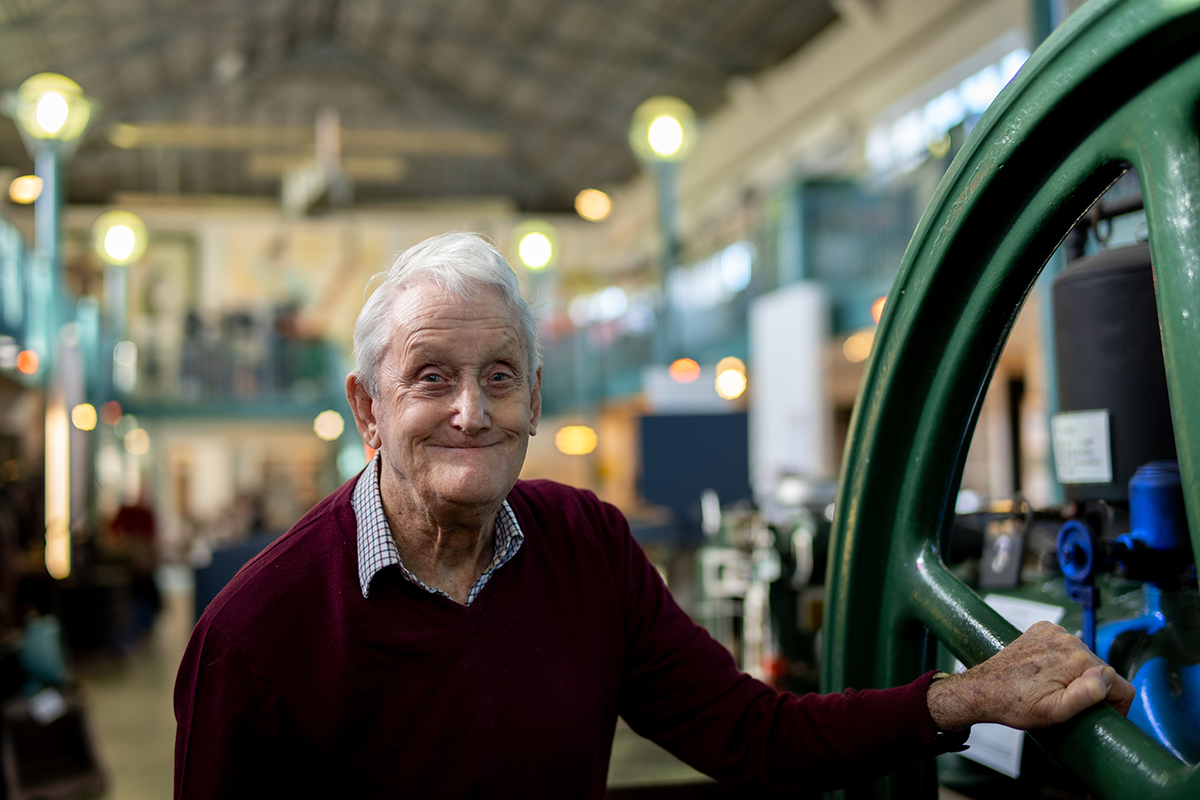
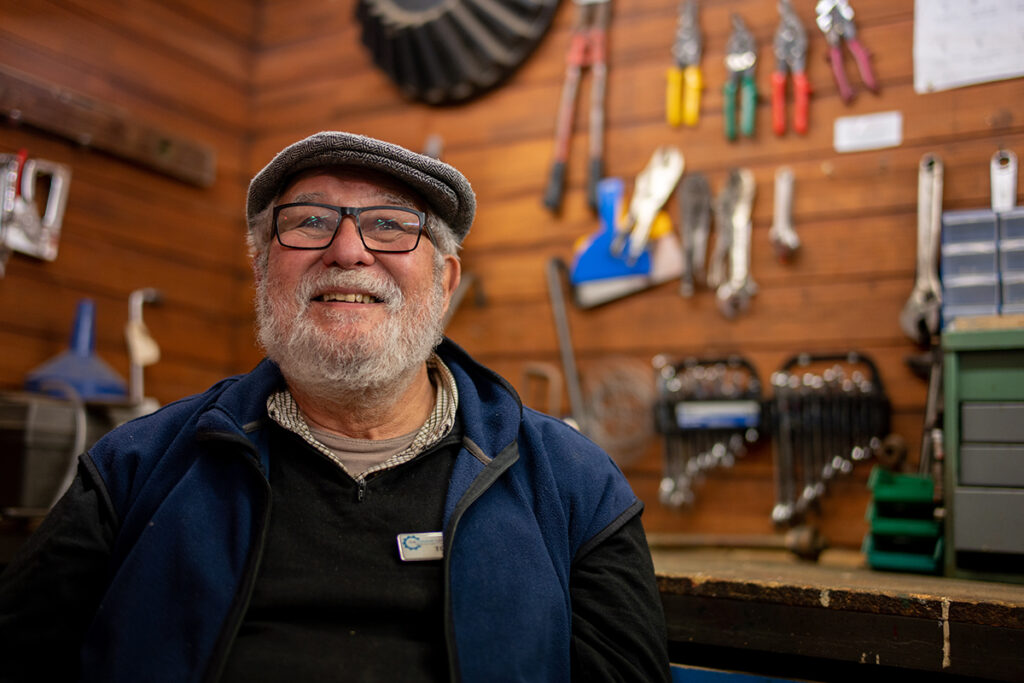
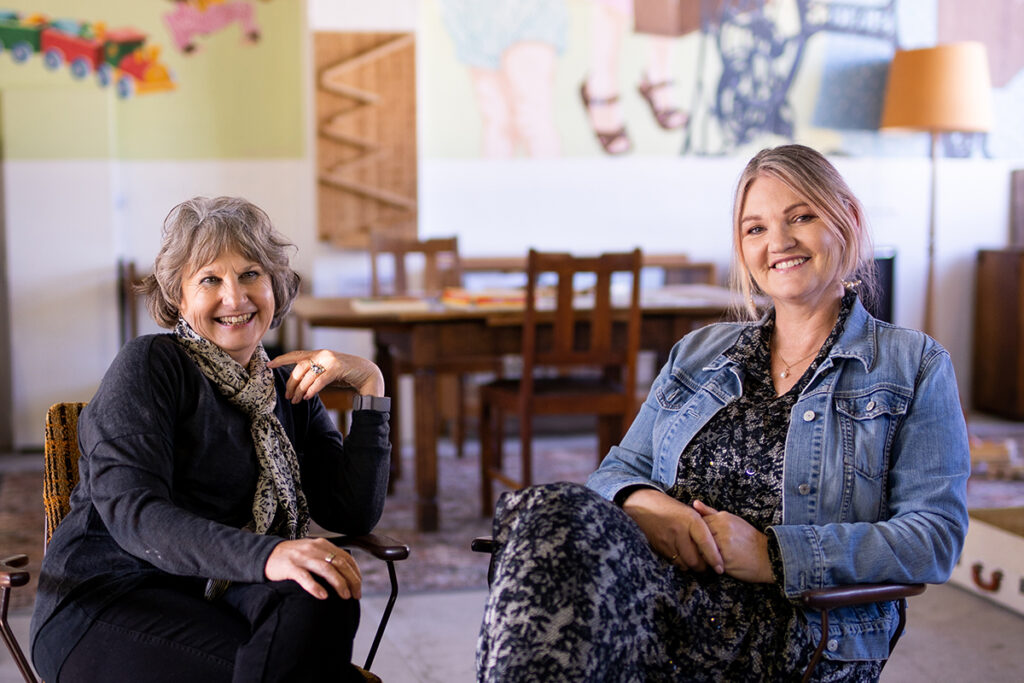
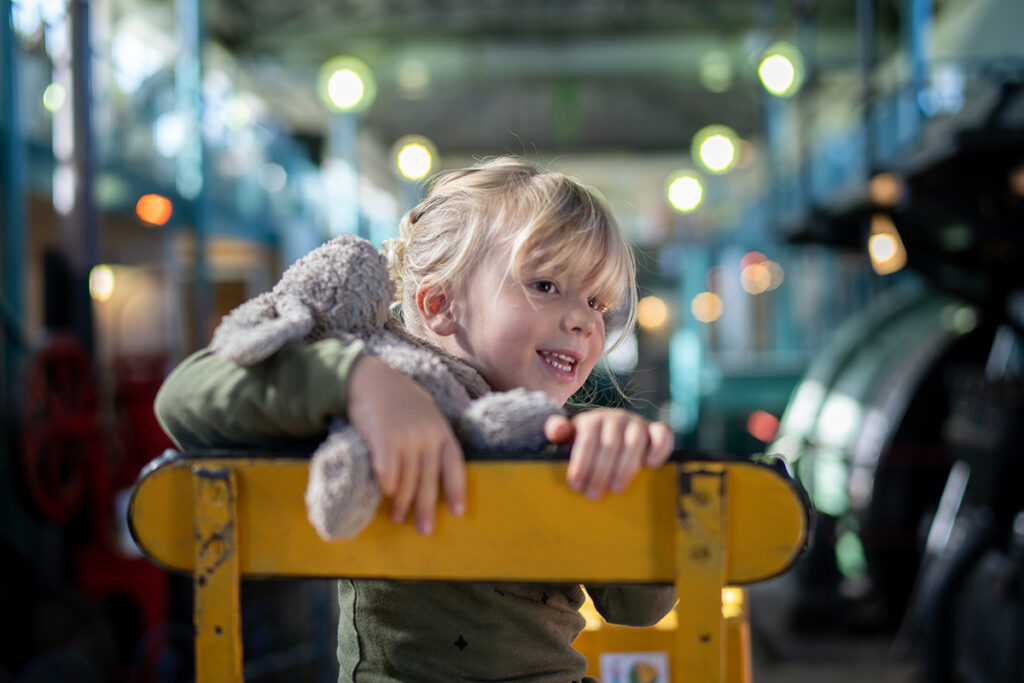
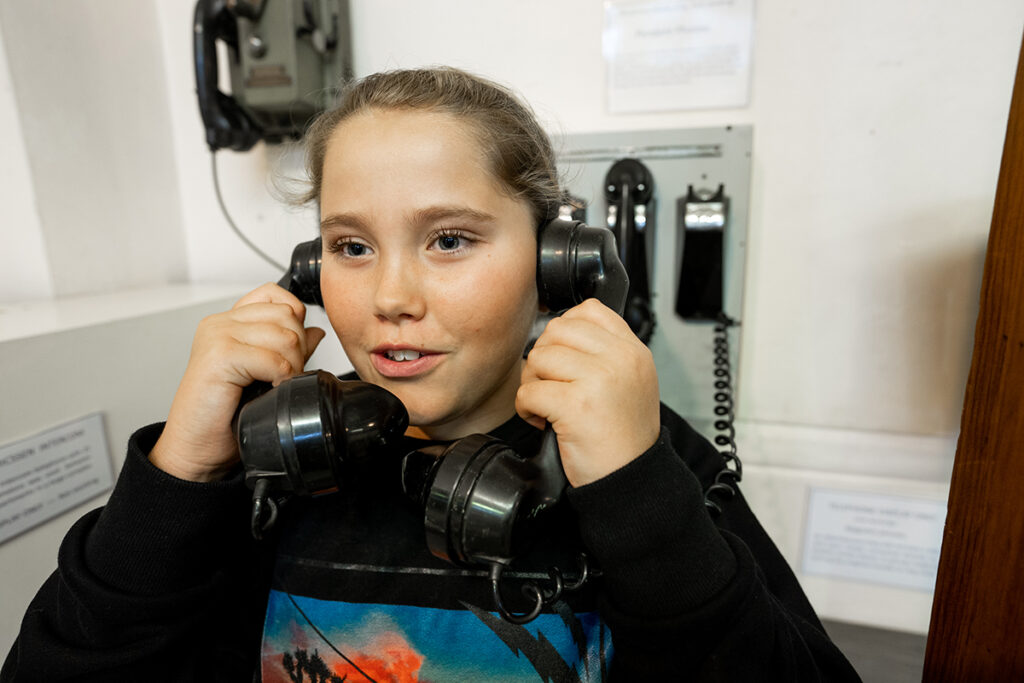
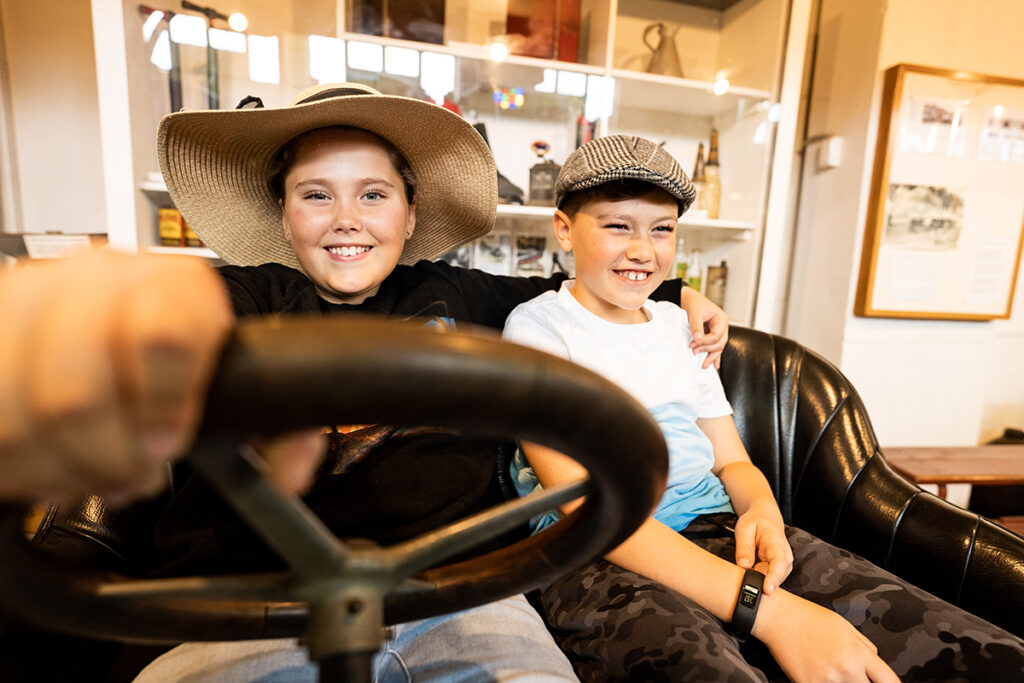
What an amazing asset! Thank you everyone involved.